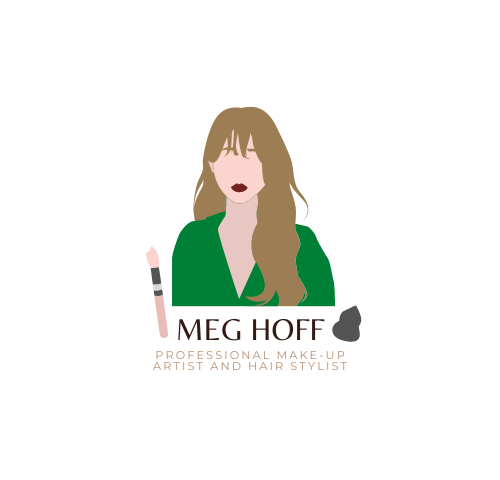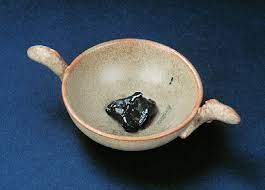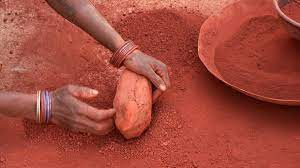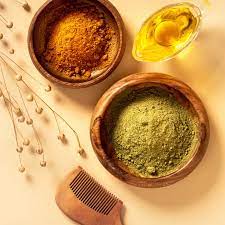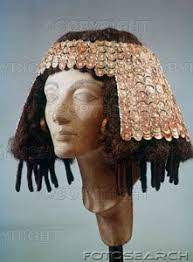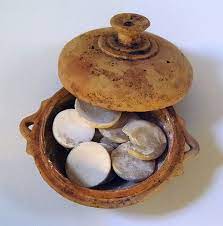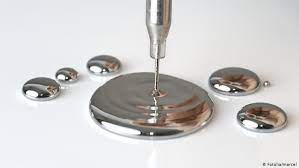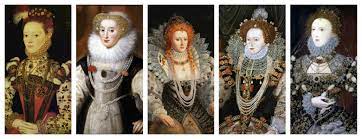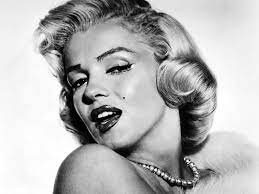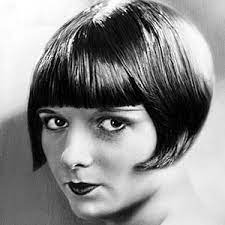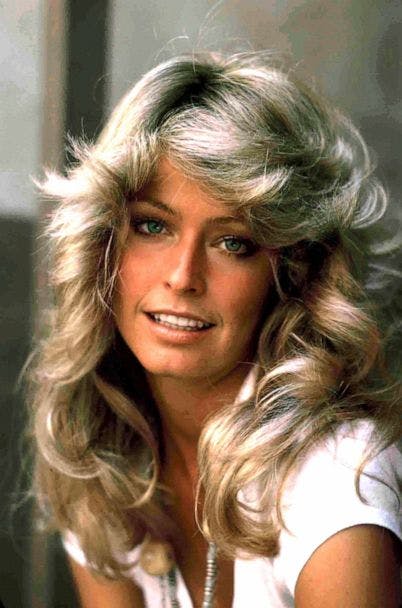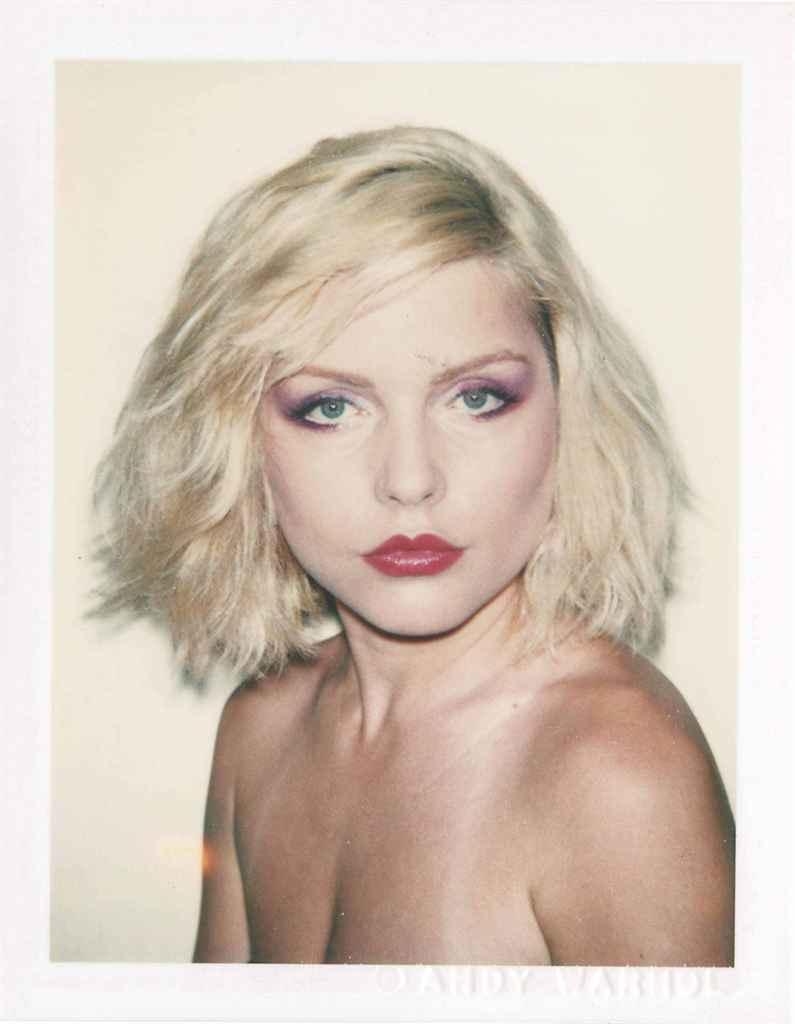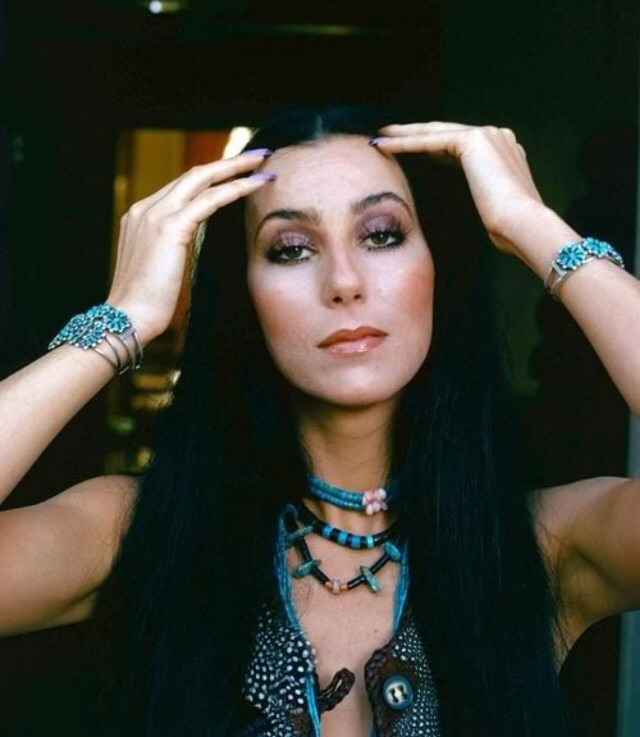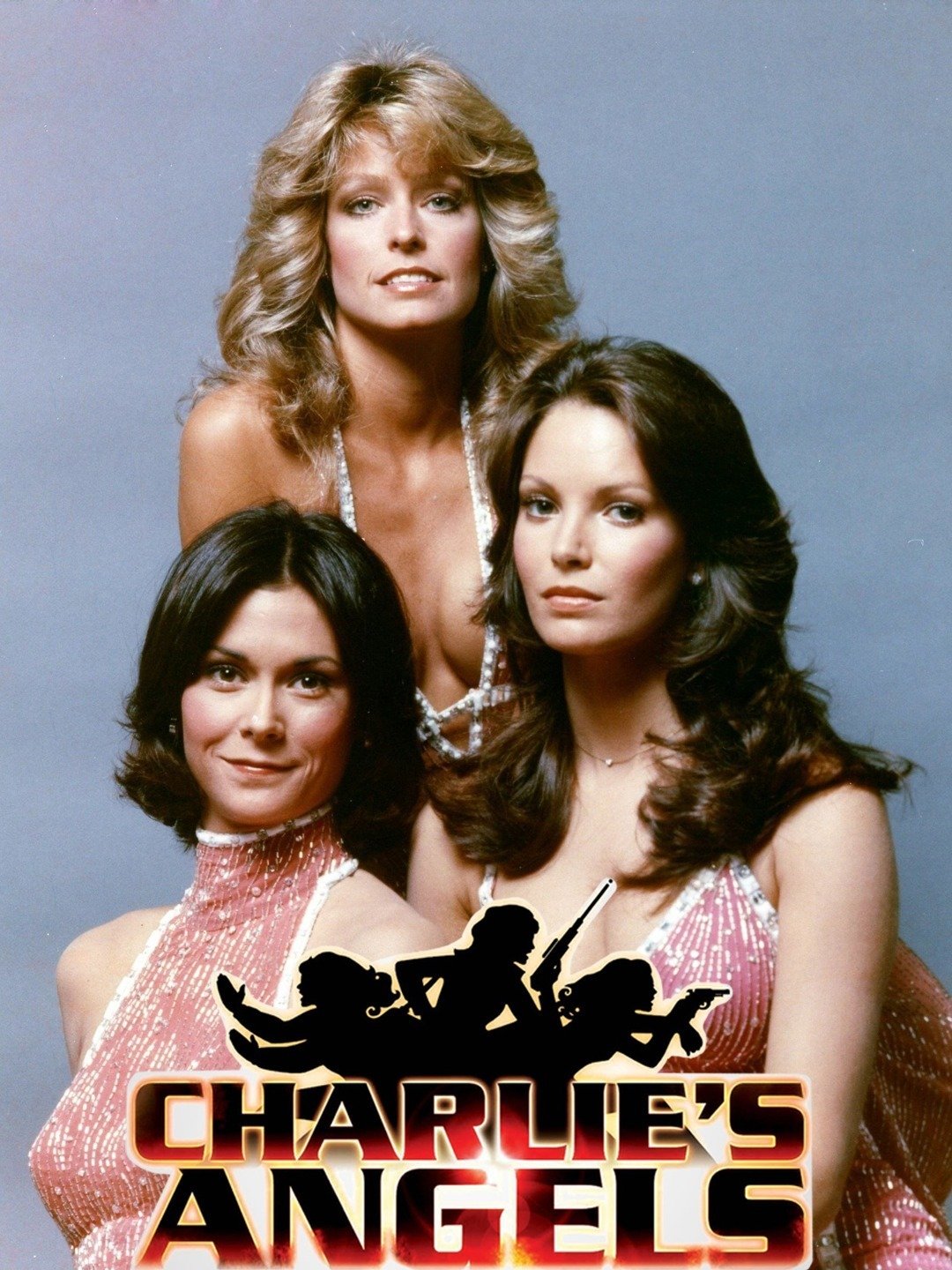Task 4 – Paints, powders and patches.
For this task, I have been given the scenario that I am working on a BBC production drama consisting of 4 episodes set in different time periods.
I have been asked to research and provide a detailed written document explaining the makeup fashions of each period.
This will be used as a brief for the production team.
The periods I have chosen are: Ancient Egypt, Elizabethan Britain, 1920, and The Seventies.
Episode 1 – Ancient Egypt
Ancient Egyptian Makeup:
In the Ancient Egyptian times, wearing makeup was considered important to both men and women. This is because makeup was believed to have many health and spiritual benefits, rather than being worn just for fashion purposes like in the modern day.
All of Ancient Egyptian society had access to makeup products, but storage and applicators is what indicated someone’s wealth and status. The wealthy upper class would have much higher quality storage tins and applicators that those of the lower class.
Makeup Ingredients:
As expected, makeup ingredients in ancient Egypt were much different than to the products we use now. Many people created their own makeup at home, using ingredients such as plants, and elements that would be found at markets. Many of these ingredients would be toxic, and cause irreversible skin damage.
Here are some of the most commonly used ingredients, and what they were used for:
Malachite ( A copper ore ) – Used to create green eyeshadow.
Kohl – Used as eyeliner.
Red Ochre – Used to create lip and cheek stains.
Henna – Used to stain toes and fingertips.
Makeup characteristics:
Eyes:
In ancient Egypt, eye makeup was held at the highest importance. Not only did eye makeup help promote personal power and status, but at the time it was believed that eye makeup had health and protection benefits. It was believed wearing eye makeup would ; Intimidate the gods, protect the skin and eyes from the sun (and from flies), prevent skin and eye infections, and protect the wearer from evil spirits.
Thick dramatic eyeliner was created using Gelena (Kohl). This was used to help create an almond or feline shaped eye. Gelena could also be applied through the eyebrows and lashes to create a more dramatic effect.
Eyeshadow was created using a green mineral known as Malachite. This was applied all over the eyelid, right up to the brow bone, to help give the eyes a larger appearance.
The lower class would keep their eye makeup in clay pots, and use wooden or clay sticks to apply the product. Upper class society would have cases made of ivory to hold their products. These would be intricately carved and bejeweled.
Mouth:
In ancient Egypt it was more common to see lip stain on those of the higher class. Lip stains were worn by Royalty, and the upper class society to emphasize sophistication and importance.
Those of the lower class would sometimes wear homemade lip stain, but overall it was regarded as something for the higher class.
Red, Orange, Magenta, and Blue-black were the popular colors of the day.
Red Ochre was the main ingredient used in creating lip stain in these times. This could be used alone, or mixed with resin for a longer wear.
Ingredients would be mixed in either a brass (higher class) or wooden (lower class) bowl based on one’s status.
Cleopatra was a huge influence for makeup fashions in the ancient Egyptian times, and is who made red a popular choice. Wearing a unique mixture of ; flowers, red ochre, fish scales, crushed ants, carmine and beeswax, she created a shade that everyone sought after.
Lip stain was so important to those of the higher class, that women were often buried with at least 2-3 posts of lipstain, to ensure they always looked the part, even in the after life.
Blush:
Red ochre was also commonly used to create a cheek shain, or blush. This is as the ochre was believed to protect the skin from the sun.
This ingredient was used by those of the higher and lower class. However, the higher class were more likely to buy manufactured cosmetics from a market, and the lower class would create their own from scratch.
Creating a blush was a long process, that conciseted of these four steps:
1 – Naturally tinted clay ( Hydrated Iron Oxide) is mined from the ground
2- This is then washed to separate the sand from the Ochre
3- This mixture is now left to dry in the sun – for a more intense look, let the mixture burn.
4- Then mix the pigment with water to create a smooth stain, for easy application.
Hair:
Hair was also an important part of ancient Egyptian culture.
Being bald was frowned upon, so mixtures of lettuce and crushed hedgehog spine were applied to the scalp as a remedy for hair loss.
Many men and women would wear wigs to help thicken, and exaggerate their hair – these wigs would not totally conceal the natural hair, they would just sit on top.
Dark hair was desired and it is believed that ancient Egyptians used henna to dye their blonde or grey locks.
Women may also have weaved objects such as beads and plants in to their hair for extra dramatisation.
Other regimes:
Henna was a popular cosmetic product in Ancient Egypt. This was used to tint the fingertips and toes (including the nails) a yellow or orange color. Nail length and color was linked to social status. Important people, such as the King, would have their own personal manicurists.
Animal fats would be used to create skin care products. They were believed to have anti-ageing properties, so would be applied all over the face to help create a smoother appearance.
It was believed that smelling good was godly, therefore perfume would be worn at all times, especially by those of the higher class.
Episode 2 – Elizabethan Britain
Elizabethan makeup:
In the Elizabethan times women would use highly toxic products on their skin, without the knowledge of the real damage they were causing. Many women even died as a result of this.
The overall look was very extreme compared to the modern day, and has been mocked in recent history, and by tabloids of the day.
Ingredients :
Here is a list of some of the most commonly used ingredients when creating Elizabethan makeup, and what they were used for.
Ceruse (white lead) – This was used to create an extreme white foundation.
Talc and egg mixtures – This was another way of creating (a less extreme) white base.
Uncooked egg whites – Used as a moisturiser or priming product.
Mercury – Used as a cleanser
Plaster of paris – Mixed with plant pigments to create eye and lip pencils.
Mouse fur – May be used to create false eyelashes and eyebrows.
Characteristics:
Face:
In Elizabethan Britain, women sought after an extreme, pale white base. This is as they believed it made them look angelic.
This is a trend that was set by Queen Elizabeth herself, who applied heavy layers of ceruse to create the iconic white base.
Many women tried to save time by never removing their ceruse from the night before. Instead they would just build up layers and layers of this toxic product, that would essentially just eat away at their skin 24/7!
Ceruse was a mixture of white lead and vinegar that was used to create the snow whit faces of Elizabethan women. As we now know, lead is an extremely toxic product that caused the deaths of many women in the times before us.
In Elizabethan Britain these women applied the ceruse mixture to cover their blemishes and scars. Little did they know the foundation was the cause of these imperfections, leading to blisters, open sores and in many cases even death.
Some women had suspicions about using ceruse on their faces, so would create mixtures of ; plant roots and leaves, or allum, sulfur, boiled egg white and talc, to create a more natural looking pale appearance. This was more likely to be those of the lower class, as higher class women would want to associate themselves with the queen, by following her lead in hair and makeup trends.
Lighter skin was linked to a higher status, as those of the lower status would be working outside all day, making them have tanned skin and dirty faces. Therefore women of the upper class would go to extreme lengths to keep their skin pale, even if they went outside. They would create sun shields made of leather ,to cover their faces like a mask, in order to protect their skin from the sun. However, their hair would still be visible through the top as they would want the sun rays to lighten their hair, as this was also popular at the time.
Rouge:
Rouge was worn in order to help enhance the pale base that women created.
Red ochre, madder and cochineal or vermillion, gum, egg and figs were mixed to create this product.
Light rosy tones were used to ensure the rouge enhanced the base without taking the attention away from the snow white faces of these women.
Eyes:
According to the ELizabtehan beauty standard, wide set eyes were desirable. Women would line the outer corner along the top and bottom lash line to help create a wider set effect.
They would also use Belladonna drops to help create larger eyes. These drops would dilate the pupils, making the whites of the eyes stand out more, bringing attention to that area of the face.
A large forehead was admirable, so women would over pluck their brows leaving them with thin and arched eyebrows.
These women also plucked their hairline, to help emphasize the forehead.
Lips –
A bright red lip is what was desirable in Elizabethan makeup.
Cochineal, gum arabic, egg whites and fig milk would be mixed to create the perfect shade.
Plaster of paris would be mixed with plant pigments to create a lip liner, ensuring the lips were sharp and defined.
Hair:
Fair hair colors such as red, gold and blonde were sought after in this era.
Women with darker hair would create homemade dyes by mixing Saffron, cumin seed, celandine and oil, and let this mixture develop while sitting in direct sunlight.
Many women also wore wigs, especially if their hair was balding. This was common as balding is one of the many effects that lead poisoning had on these women.
Episode 3 – 1920
Makeup in the Twenties:
The Twenties was a huge era for makeup, as it was the start of the booming industry we know today. Makeup became more recognised all around the world, and some of the brands we know today, such as maybeline and max factor were established!
This is also one of the first periods in history that the influence on makeup and fashion trends largely expanded. Many times before this women wanted to look specifically like those of royal and upper class backgrounds. However, now many women start wanting to look like the Hollywood actresses and models being showcased in films and magazines.
Many women started to wear makeup as a fom os self expression, and feminism.
Characteristics:
Blush:
In the Twenties blush expanded and became available in powder, cream or paste form. It became a staple beauty product for most women when it was released in a powder compact form, as it was easy for on the go usage.
Red tones became very popular once again, and were applied in circles on the cheeks with the fingers – similar to the look in Elizabethan times!
Obviously, blush was used to add a natural flush to the face, however performers such as flappers would also use blush on their knees, to help draw attention to their legs.
Face:
Foundation started to look a lot more like the products we use today. However, the shade ranges were tiny meaning many women had to use foundation that did not match their skin tone.
Foundations were also very pain coloured, meaning even if the color looked similar to a woman’s skin when in the packaging, it would not match the undertones of her skin when worn.
There were almost no shades created for darker skinned women, and those of ethnic minority groups, making it hard for them to match the beauty standard.
Face powder started to become popular, as it was easy to apply and carry around in its compact form.
Powders would be applied with a round powder puff to create a slightly darker skin tone -as tanned skin was popular at this time.
As tanned skin was more popular, darker shades were more expensive, making the divide between lower and upper class very clear.
Lipstick :
Lipstick was now sold in metal tubes, making it very practical for on the go touch ups.
Stencils were also introduced, as an alternative to lip pencils, to help ensure women created the perfect lip shape. An exaggerated cupid’s bow was desired in this era and many women struggled to draw this free hand, so stencils became largely popular.
The popular color of this era was a matte red. A ruby red was worn for darker skin, and a lighter more cherry red for paler skin tones.
Many women were also influenced by film stars, like Marilyn Monroe, to add beauty marks above their lips.
Eyes:
Dramatic eye makeup was also popular in this time, as it helped to even out the face, rather than drawing attention to either the eyes, or the lips, like in the fashions before.
Kohl was used to create a dark liner, and then smudged out to create a smokey type eye look. Eye shadows would also be applied along the lash lines and then blended out to create a smokey finish.
Kohl could also be used as an eyeshadow however cream pigments were the most popular.
Dark gray was a very popular color for eyeshadow, but many women chose to use colors that matched or complimented their eyes. For example;
Blue eyes- Green or blue shadows, Brown mascara and liner.
Green eyes- Grey or green shadows, Brown mascara and liner.
Brown eyes-Brown or plum shadows, Black mascara and liner.
Black eyes- Faint red shadow, minimal black liner and mascara.
The mascaras that we use today were still in their development stages, but mascara was still available in liquid, wax and cake form. This mascara would then be applied with a small bamp brush, unlike the spoolies we use in today’s makeup.
Eyelash curlers were also being created and were very popular among women of the upper class.
Brows:
Eyebrows were drawn on with a brown liner, to create a thin curved shape.
The thickness of the brows would stay the same all throughout, and had a slight downward point at either end.
Nail Polish:
Nail polish became a popular product and women would match the color of their nails to their lips.
Oval shaped nails were desired.
Nail polish was available in the form of :
Powder- The powder color would be placed in the palm of one hand, and the nails of the other hand would be swiped against it to create a full coverage result.
Paste – Paste nail products would be directly rubbed onto the nail. These were also available in a stick form for on the go application.
Liquid- Liquid nail products were very similar to what we use today, and were brushed straight on to the nail. This was the prefered product as it created less mess.
Hair :
The short bob became a popular hairstyle, as it was worn by many famous film stars.
A fringe was also a popular choice among many women, and darker hair was preferred.
Episode 4 – 1970
Makeup in the seventies:
The seventies era was an evolutionary time for makeup, as for one of the first times in history makeup split into many different groups.
Rather than all people wanting to achieve one specific look, there were many different subcategories in the trends that were set in fashion, hair and makeup.
This change was mainly due to the booming music industry, taking over influence from the film stars and royalty of the past.
Characteristics:
A natural athletic look was one of the most popular day to day looks of the 1970’s.
Women sought after tanned, clear skin with natural eyes and lips. We have seen this style make a comeback in recent years.
Many women preferred this look for the day, as they felt it prevented them from being sexually objectified in the streets. Unlike the sexual attention many women craved in the twenties, with their extreme glam looks.
Brows :
Eyebrows were kept natural, and many women would only use a clear mascara on their brows to help keep them in place all day long. This helped keep the attention on their eyeshadows.
Lips:
Dewy, glossy lips were created using peachy pink pigments under a clear gloss.
Foundation was also sometimes used on the lips, to give a nude effect, for people who were not too keen on the pink finish.
Vibrant colors such as reds, darker pinks and purples may be worn in the evenings, but generally it was very toned down shades that were seen in the day.
Bronzer :
Bronzer would be applied directly on to the cheekbones, tip of the nose, jawline and hairline, and then blended for a less dramatic look.
Generally women would use a shade that was 2 shades darker than their foundation, to add warmth to their face.
Deeper toned blushes, such as peachy and raspberry shades, would be applied to add a natural flush to the cheek.
A shimmery highlight would also be used on the cheekbones to help emphasize the natural glow.
Eyes :
Shimmery and pastel colors would be used to dramatize the eye makeup, without making it too harsh. Black mascaras and eyeliners were used to add depth and definition to the eye area, but wouldn’t be too dramatic.
Eyeshadows were available in cream, powder, liquid and crayon form at this time, and were used , along with eyeliner, to create almond or feline shaped eyes.
Similar to the lips, eye makeup would stay natural in the day but would be dramatized for evening events.
Some people used white liner in the lower lash line to help draw attention to the eyes. This also made the darker tones of shadow and liner that were used on the upper lid stand out more.
When creating an evening look women would often use three shades of the same color eyeshadow. For example they would use a shimmer, a mid tone, and a darker tone all of the same colour.
These shadows would then all be blended together to ensure there were no harsh lines around the eyes.
Blue, green, purple and brown earthy tones were very popular colors at this time. Furthermore, it was extremely popular for women to use a light white or silver shadow to highlight their inner corner and brow bone.
False eyelashes were also very popular at this time, but in very natural shapes.
Hair :
Much like makeup, hair is split into lots of different styles. However, a shaggy, feathered look was one of the most popular styles around the world during the Seventies.. Celebrities such as Jane Fonda, Liza Minelli, and Farrah Fawcett showcased this look, making the everyday woman desire to look the same.
Wigs were also made popular, especially by Donna Summer, who switched up her style all the time with wigs. This made women realise how quickly you could change up your look, just by wearing a wig.
Bleached blonde hair and fringes were also made popular, by singers such as Debbie Harry.
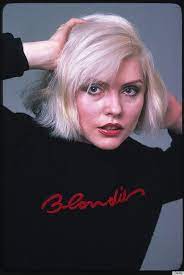
Finally, spiked black hair was a popular choice made by those following the punk style, inspired by Siouxsie Sioux.
Sub categories :
Makeup started to be worn as a form of self expression, and women didn’t feel like they all had to fit into the same standard any more.
The booming music industry made it easy for women to clearly express their styles, as each different genre had a specific look.
For example;
Disco music inspired women to wear lots of glitters and shimmers, along with glossy lips and eyes .Artists such as Donna Summer, Debbie Harry and Cher had a huge part to play in this.

However, Siouxie Soux helped to introduce the highly expressive punk rock style.
Men and women started to wear extreme, dramatic eyes, with pale bases and bright cheeks to show their admiration for the punk scene.This look was very ferocious and tribal looking, and many people found it intimidating. However that is partially why people would wear their makeup this way, as it gave them the confidence to be whoever they wanted, and knew no one would cross them.
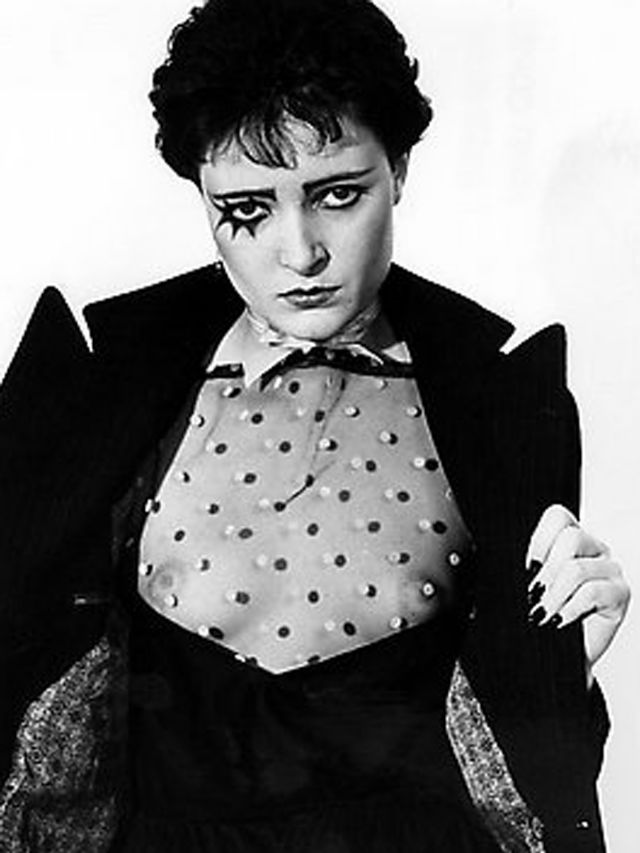
Pop stars were also massively responsible for setting hair and makeup trends in this period, through their appearances on Top Of The Pops.
Many other shows such as Charlie’s angels, made women feel like they should own their sexuality, and promote their new freedoms.
Short lived trends :
The seventies endured many short lived trends, these include;
1971 – 20’s inspired, highly painted doll faces – Films such as the Great Gatsby,that were based in the 20’s, were being released, making women want to recreate the look.
1972 – Walt disney princess inspired looks – Women would create looks that they saw in magazines. Makeup artist Barbra Daly created a snow white look for Vogue, making women inspired to do the same.
1975 – Heavy mask like base and exaggerated cupid’s bow – This trend came after the British Vogue Christmas cover.
The Seventies was also evolutionary in the development of makeup for those in ethnic minority groups. Women of darker skin tones finally have makeup easily available to them in shades similar to their skin tones. Brands such as Avon were way ahead of the game in terms of developing inclusive shade ranges. This made Avons door to door selling process a huge hit for women all over the country.
Sun Tan acceleration products were first produced in this period, and tanning beds and studios became very popular.
Skin damage was very common, and evident. This prompted the SPF rating system, that we use today, to be created.
